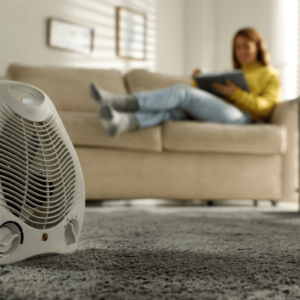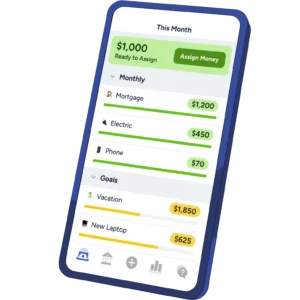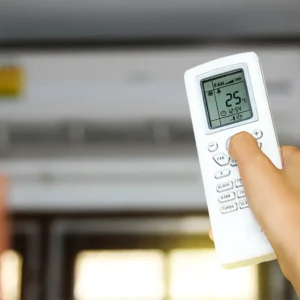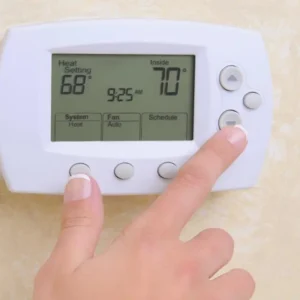Are You Paying Too Much on Your Gas Bill?
If opening your monthly gas bill feels like opening a horror story, you’re not alone. Many households across the USA and the UK are feeling the pinch as gas prices remain volatile. But here’s the good news: you can take control. This guide will show you how to save money on the gas bill with practical, proven tips tailored to where you live. Whether you rent a flat in London or own a home in Texas, there are changes you can make today that will put real money back in your pocket.
Why Gas Bills Are So High—and Why You Should Care
Before we dive into solutions, let’s talk about what’s driving those numbers up:
-
Global energy demand and supply fluctuations
-
Weather patterns – Cold winters and unpredictable seasons drive up usage
-
Outdated appliances or insulation
-
Standing charges and tariffs that don’t reflect your actual usage
And here’s the kicker—many people overpay simply because they don’t know they have better options.
Things You Can Do To Save Money on the Gas Bill
1. Switch Your Gas Supplier (Yes, It Still Works)
For UK Residents:
With the energy price cap fluctuating, many assume switching providers is pointless. But comparison tools like Uswitch and MoneySuperMarket still help you find competitive fixed or flexible tariffs. Always check if you’re on your supplier’s standard variable tariff—it’s often the most expensive.
For US Residents:
Deregulated states like Texas, Ohio, and Georgia allow you to compare gas suppliers. Use websites like Choose Energy or EnergyBot. Always compare the price per therm or MCF and read the fine print on fees.
Pro Tip: Set calendar reminders to review your energy plan annually. Loyalty rarely pays with energy suppliers.
2. Insulate Like a Pro—Without Breaking the Bank
Your home may be leaking heat (and money). Here’s how to plug those gaps:
-
Draught-proof doors and windows: Use inexpensive weatherstripping or self-adhesive foam tape.
-
Seal your chimney: If unused, use a chimney balloon or draught excluder.
-
Insulate your attic and walls: UK homes can apply for ECO4 grants, while U.S. residents should look into federal tax credits through the Inflation Reduction Act.
Pro Tip: A £10 door draught stopper can save you £20–£30 a year. Multiply that across several entrances and windows!
3. Turn Down the Thermostat – But Smartly
Lowering your thermostat by just 1°C (or 1.8°F) can slash your bill by up to 10%. But you don’t have to sacrifice comfort:
-
Use a smart thermostat like Nest or Hive. It learns your habits and optimizes heat delivery.
-
Only heat the rooms you use. Shut off radiators or vents in unused rooms.
-
Use zoned heating, especially in larger homes.
Read Also: Do Tankless Water Heaters Save Money?
Pro Tip: Keep your thermostat at 18–19°C (65–66°F) during the day and 16°C (61°F) at night. It’s the sweet spot for comfort and savings.
4. Upgrade Your Heating System (When It Makes Sense)
Sometimes, spending can lead to saving. If your boiler or furnace is 10+ years old, it’s probably inefficient.
USA:
Consider upgrading to a high-efficiency furnace with at least 90% AFUE (Annual Fuel Utilization Efficiency). Federal rebates may apply.
UK:
Swap out old boilers for A-rated condensing boilers. Check the BOILER UPGRADE SCHEME (BUS) for grants up to £7,500 for heat pump installation.
Pro Tip: A new, efficient boiler can cut annual gas bills by £200–£400 in the UK.
5. Be Smart in the Kitchen and Bathroom
Gas isn’t just for heating—cooking and hot water add up too.
-
Boil only what you need in the kettle.
-
Use lids on pots to retain heat and cook faster.
-
Take shorter showers and install low-flow showerheads.
-
Set your water heater to 120°F (48–49°C)—enough for comfort, less waste.
Pro Tip: Don’t leave your oven door open for warmth—it’s inefficient and dangerous.
6. Schedule a Home Energy Audit
An energy audit identifies hidden leaks and inefficiencies.
-
In the UK, request a Green Deal assessment or check with your energy supplier.
-
In the USA, contact your utility provider—many offer free or low-cost audits.
These audits can reveal issues like uninsulated pipes, gaps in flooring, or appliance inefficiencies you’d never notice.
7. Adopt Energy-Saving Habits That Add Up
Sometimes, it’s the little habits that make a big difference:
-
Wear thermal clothing indoors during winter.
-
Use draft excluders or heavy curtains at night.
-
Bleed your radiators once or twice a year.
-
Turn off your heating when you’re not home—or schedule it.
Pro Tip: A programmable thermostat can save up to £150 ($180) a year.
8. Use Government Grants and Schemes
Both the UK and the USA have initiatives to help households save:
UK Schemes:
-
ECO4 Scheme – Grants for insulation and heating upgrades
-
Winter Fuel Payment – For pensioners
-
Cold Weather Payment – Triggered by temperature drops
USA Programs:
-
Low Income Home Energy Assistance Program (LIHEAP)
-
Weatherization Assistance Program (WAP)
-
State energy rebates and utility incentives
Read Also: How to Save Money on Gas
Pro Tip: Visit your local council or utility provider’s website regularly—offers change often, and funds run out fast.
9. Monitor and Track Your Usage
If you don’t know what you’re using, you can’t cut back.
-
Smart meters are available across the UK and many US utilities.
-
Track daily and hourly usage using apps from your gas provider.
-
Look for patterns—are you heating when no one’s home?
Pro Tip: Households with smart meters in the UK saved £30–£50 on average simply by changing behavior.
10. Community and Crowdsourced Solutions
-
Join local Facebook groups or Reddit forums like r/UKPersonalFinance or r/Frugal.
-
Share bills with neighbors to benchmark usage.
-
Use community buying groups to negotiate gas deals collectively.
Final Thoughts: Take Control of Your Gas Bill Today
Let’s face it—gas bills aren’t getting any cheaper. But they don’t have to empty your wallet. From simple behavioral changes to strategic upgrades, now you have a practical toolkit to slash your energy expenses—without sacrificing warmth or comfort.
Here’s a quick recap:
-
Switch to a cheaper gas supplier.
-
Improve home insulation on a budget.
-
Use your thermostat smarter.
-
Upgrade your boiler or furnace if it makes sense.
-
Cook and wash efficiently.
-
Get an energy audit.
-
Tap into government help.
-
Track and monitor usage in real-time.
-
Crowdsource hacks from your community.
Now it’s your turn. Pick one tip today and get started. Your bank account will thank you.





